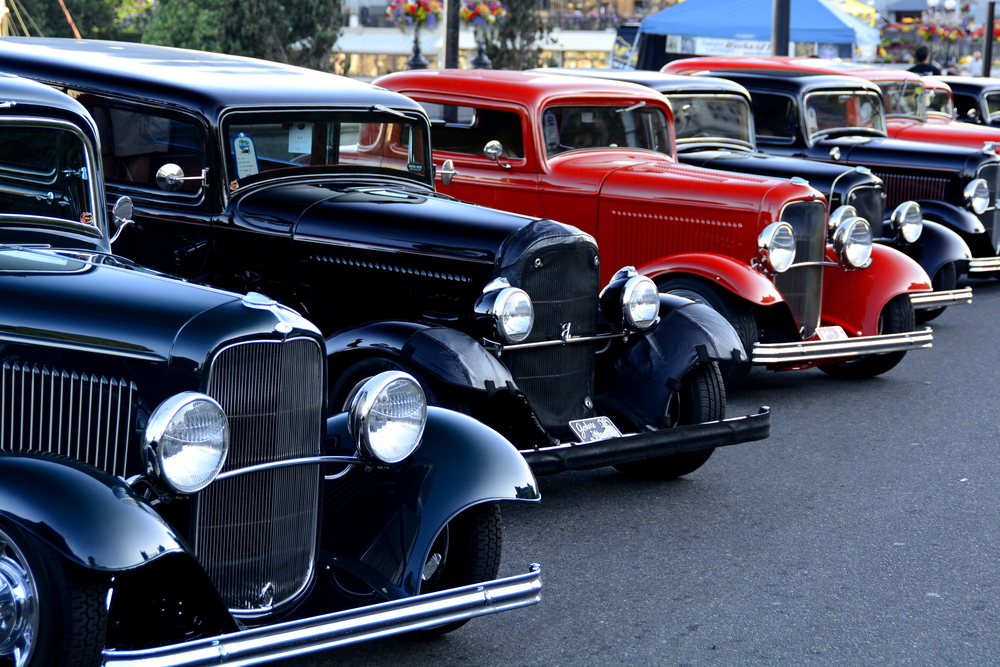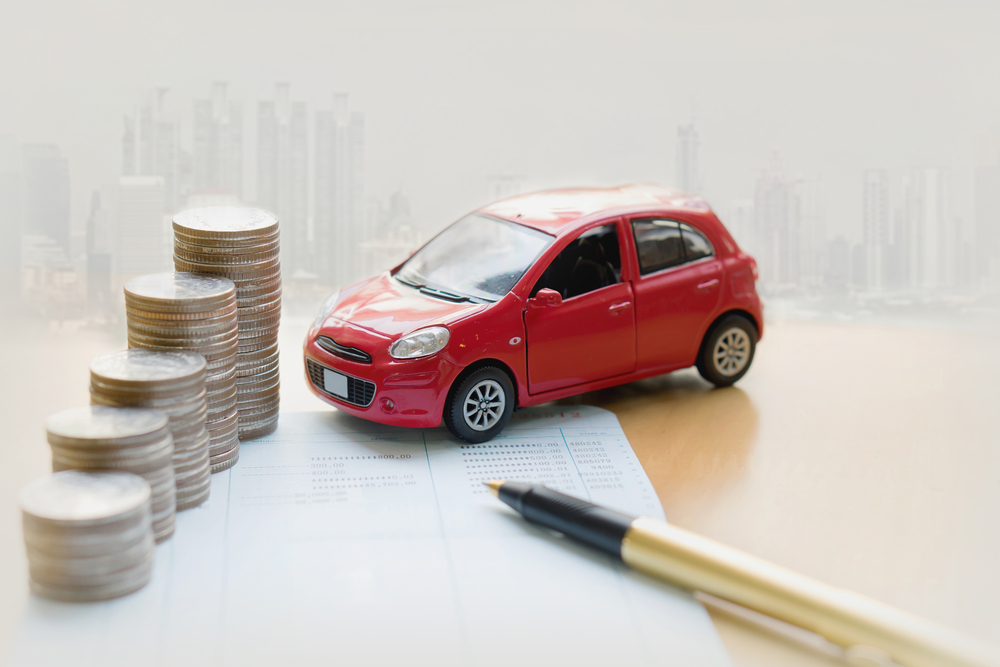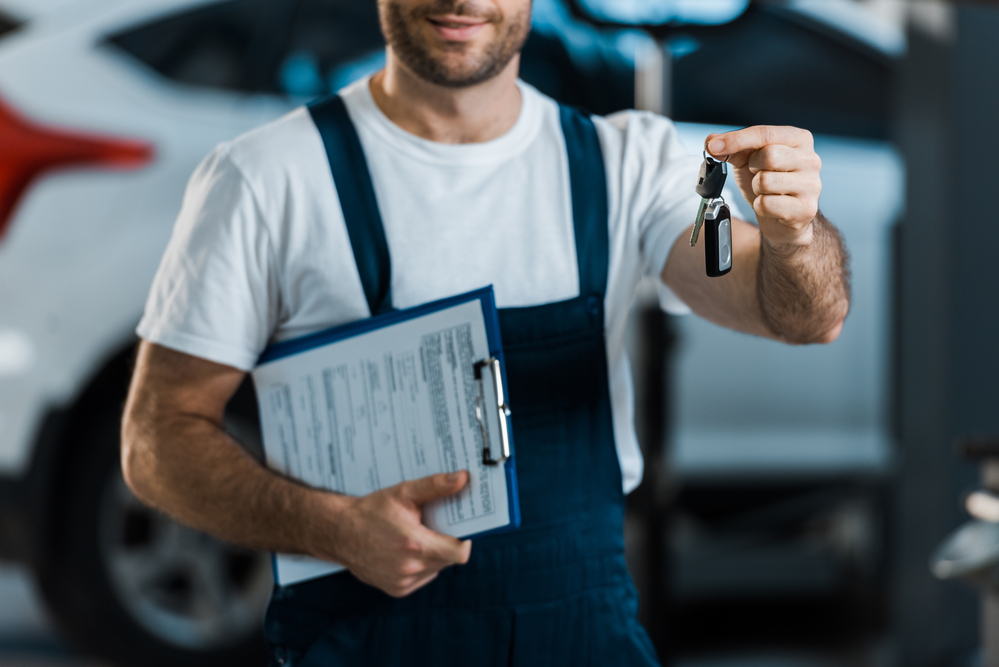Importing Classic and Vintage Cars: Tips for Preserving Automotive History
Importing classic and vintage cars is a passion shared by many automotive enthusiasts who appreciate the historical value and timeless beauty of these iconic vehicles. However, importing such treasures requires careful consideration and adherence to specific guidelines. This article provides valuable tips for importing classic and vintage cars, covering essential aspects such as valuation, documentation requirements, restoration and preservation, and navigating the unique challenges associated with preserving automotive history during the importation process.
- Valuation:
Before importing a classic or vintage car, it is crucial to determine its value accurately. Conduct thorough research and consult with professionals, such as appraisers or vintage car specialists, to assess the vehicle’s worth. Consider factors such as its condition, rarity, historical significance, and market demand. Accurate valuation ensures appropriate insurance coverage, helps with customs declarations, and establishes a fair purchase price. - Documentation Requirements:
Importing classic and vintage cars involves dealing with specific documentation requirements. Ensure you have all the necessary paperwork in order, including the vehicle’s title, bill of sale, and any historical documentation. Research the specific import regulations of the destination country to determine the required documentation for smooth customs clearance. Consider engaging the services of experienced Customs Brokers or Registered Importers who can guide you through the documentation process and ensure compliance with all relevant regulations. - Restoration and Preservation:
Preserving the authenticity and originality of classic and vintage cars is of utmost importance for automotive enthusiasts. If the imported vehicle requires restoration, it is crucial to work with reputable restoration specialists who have experience in working with vintage cars. Preserve as many original components and features as possible while addressing necessary repairs or replacements. Document the restoration process carefully to maintain the vehicle’s historical accuracy and provenance. Prioritize the use of period-correct parts and materials to ensure an authentic restoration. - Transportation and Insurance:
Choosing the right transportation method for importing classic and vintage cars is vital to ensure their safety and preservation. Opt for enclosed transportation services that provide protection from the elements and minimize the risk of damage during transit. Consider obtaining specialized insurance coverage for the vehicle during transportation, taking into account its appraised value and specific requirements. Consult with insurance providers who specialize in classic and vintage cars to ensure comprehensive coverage. - Knowledge of Import Regulations and Customs Procedures:
Each country has its own import regulations and customs procedures for classic and vintage cars. Familiarize yourself with the specific requirements of the destination country to ensure compliance and a smooth importation process. Research any restrictions or additional inspections that may apply to vintage vehicles, such as emissions compliance, safety standards, or vehicle age restrictions. Partnering with experienced Customs Brokers or Registered Importers who have expertise in importing classic cars can help navigate the intricacies of customs procedures and ensure compliance with all regulations. - Pre-Purchase Inspections:
Before finalizing the purchase of a classic or vintage car for importation, consider conducting a pre-purchase inspection. Engage the services of a qualified mechanic or specialist who can assess the vehicle’s condition, authenticity, and any potential issues. A thorough inspection can uncover hidden problems and provide valuable insights to make an informed purchase decision. It is essential to be diligent in evaluating the vehicle’s history, including its ownership, maintenance records, and any modifications or restorations done in the past. - Preservation and Maintenance:
Once the classic or vintage car is imported, prioritize its preservation and regular maintenance. Establish a maintenance schedule and follow best practices for caring for vintage vehicles. Store the car in a suitable environment that protects it from harsh weather conditions and ensures proper ventilation. Regularly inspect and address any signs of deterioration or damage promptly. Consult with vintage car experts or join car clubs to access resources, information, and support for preserving and maintaining the vehicle’s historical significance
Conclusion:
Importing classic and vintage cars is a rewarding endeavor that requires careful planning, adherence to documentation requirements, and a commitment to preserving automotive history. By considering aspects such as valuation, documentation, restoration, transportation, knowledge of import regulations, pre-purchase inspections, and ongoing preservation and maintenance, enthusiasts can successfully import these cherished vehicles. Nurturing these automotive treasures ensures that their timeless beauty and historical significance continue to be enjoyed by future generations of automotive enthusiasts.






